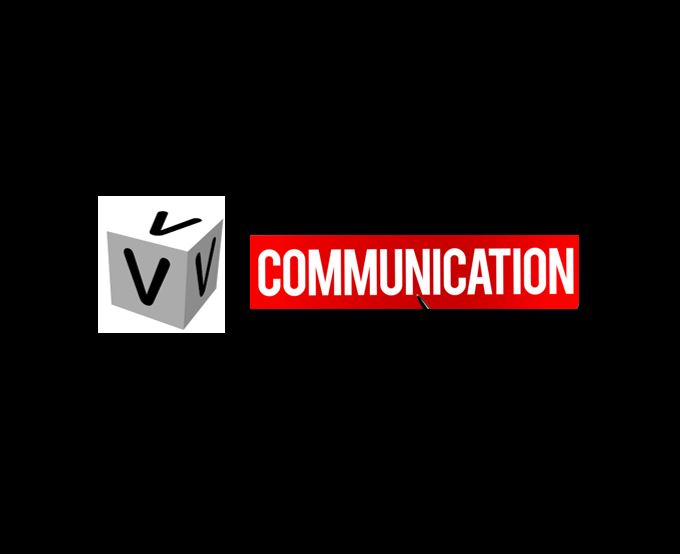Once your organization’s written strategic plan has been shaped and the strategic, three-year goals have been defined, your most important task should now focus on what the organization will ideally accomplish during the next twelve months. This means you will create a separate document to cover the goals for this time frame. These twelve-month goals will comprise the annual operating plan.
Your organization’s twelve-month goals at the enterprise level will be cascaded from the executive level to all departments, company units, and employees. Effective strategic planning can incorporate a participative approach seeking ideas from employees regarding what work group goals should be. However, to kick off this process following the strategic planning workshop, your organization’s executive team must commission the work of goal-setting throughout the organization, endorsing the program and leading by example.
This operating goal-setting typically requires additional follow-up meetings with your organization’s executive staff, together with mid-level managers and first-line supervisors in departments accountable for achieving goals for each pillar.
Each strategic goal (remember those prioritized, three-year goals supporting each pillar?) will be assigned to the managers whose staff are responsible for the corresponding functions. Each strategic goal will note the top executive or executive team accountable if certain goals have shared accountability. If the organization is small, the executive team will focus on breaking the strategic goals into annual operating goals. These are very important drill-down sessions.
The time needed to shape annual goals will vary depending on the size of your organization. After your organization’s strategic goals are finalized, set up a management meeting where the strategic goals are presented. Ask each executive goal owner to meet with the appropriate group of managers and employees to shape the twelve-month goals corresponding to their strategic goals.
Set a tight but reasonable deadline for each department or unit leader to meet with their employees, draft the unit’s annual goals, and submit the goals to the accountable executive for review. For work-group level goal-setting, I’ve found that a two-week turnaround time is reasonable for most organizations. Ask work groups to develop their unit’s annual operational goals in order, according to the strategic goal’s priority as determined at your strategic planning workshop.
How to Shape Annual Operating Goals
For each strategic goal being discussed, ask your executive team this question: What needs to be accomplished in the next twelve months? Make your operating goals SMART. Remember, the most important difference between a strategic goal and an operational goal is its time frame. Operational goals are short-term goals—usually twelve-month or fiscal year in time span—while strategic goals are longer-term goals extending beyond one year.
Each annual operating goal will support a strategic goal and should clearly show:
- Which strategic goal it helps to meet.
- Measurable outcomes for each annual goal. For example, if the strategic goal is to increase membership by 5 percent year over year, the annual goal for the first ten months could share a specific number of new members to recruit to reach 5 percent, such as a hundred new members. Specific annual goals should be quantified and tracked.
- Time frame: the annual goal is assumed to be a twelve-month time period corresponding with an organization’s fiscal year.
- Cost: any budget associated with achieving the annual goal should be noted briefly in a column on the goal sheet and if needed, more detailed budget information can be noted in a separate budget support document.
- Who will be held responsible? One or more executives should be noted as accountable for each pillar, with each strategic goal owner noted on the strategic goal document. The operational goal document will then note which department or division managers are accountable for the annual operating goals. (Then, for larger organizations, the company’s annual goals will be cascaded down to department-level work plans.)
Do not aim for writing the “perfect goal.” Aim for SMART goals that are focused on advancing progress for and achieving the corresponding three-year strategic goal.
You will want to keep written documents and on-screen presentations as simple and visually clear as possible when showing how annual, twelve-month operating goals connect with strategic goals. For a vital plan, avoid old-school planning jargon! Most employees don’t know—nor do they care—about the difference between a goal or objective. Help your executive and management team keep it simple.
Use the term “strategic goal” to describe your organization’s three-year goals. Then, use the term “annual operating goals” to denote twelve-month goals. Later you will help the management team work with employees to develop specific actions steps at the individual level—tactics needed to achieve the annual goals. Managers will put a deadline on each action step.
For example:
- Strategic goal: Achieve 10 percent sales growth year-over-year for the next three years.
- Annual operating goal: By January 1, launch the XYZ sales campaign and achieve 10 percent sales growth in year one.
- Tactic or action step: By January 15, hire a digital and social media marketing strategist to work directly with the sales team to support outreach to new target audiences.
Annual operating goals can be measured as frequently as your executive team desires and their tracking system permits. Most companies measure monthly progress and report quarterly results to the board of directors, followed by an annual summary. At the end of the first year, progress is assessed and operational goals will then be developed for year two, followed by year three.
Carol A. Poore, Ph.D., MBA, is President of Poore and Associates Strategic Planning and author of Strategic Impact: A Leader’s Three-Step Framework for the Customized Vital Strategic Plan, published by Fast Company Press in January 2021. See her blog at CarolPoore.com.




